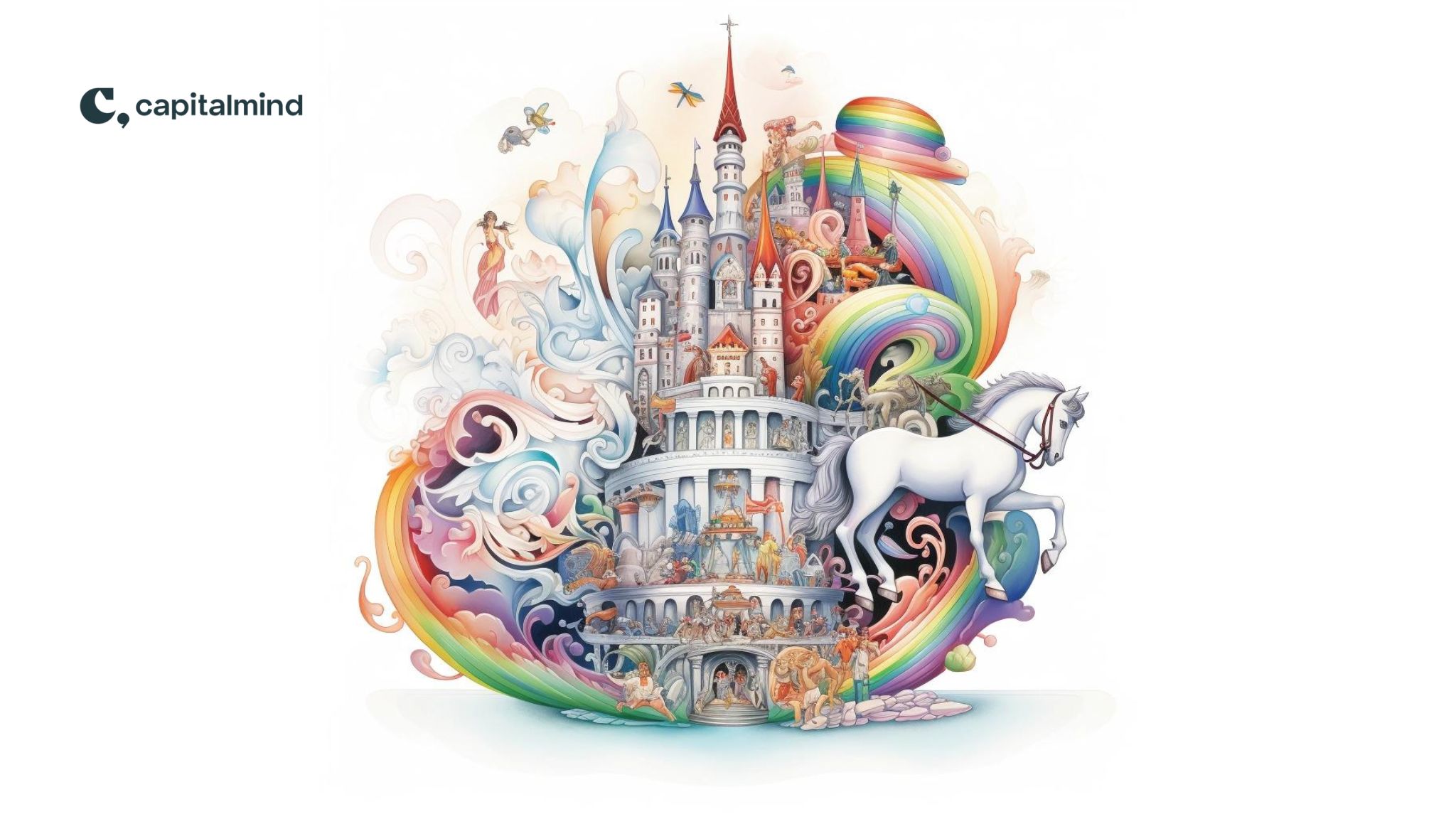Picture this: Dubai World, an entity owned by the Dubai government, has borrowed about $60 billion. It’s not in great shape, so it asks its lenders for a “standstill” agreement, meaning “Listen, we can’t pay you for 6 months, ok? Not interest, not principal. Just hang in there without getting your knickers in a twist while we figure this out”.
Knickers, unfortunately, have the propensity to get into twists just when such statements are made.
Both S&P and Moody’s say they might consider this a “default”; that may have some implication on debt protection contracts, which essentially help if the original loan taker defaults. Such contracts, or Credit Default Swaps, soared in price – from 1.21% to nearly 5%. This may sound like a lot, and all news sites talk about it like its the new armageddon – but when the bugger is about to default, getting 100% protection by paying only 5% looks like a steal. And of course, some of these contracts were at 12% during the credit crisis last year, so yeah, big frikking deal.
Now they haven’t yet defaulted – they’ve only decided to not pay the interest (which should be about $1 bn) and the principal (about $3.53 bn). See Zero Hedge for a pretty impressive Bank Of America coverage on the total loans and impact.
Not paying interest for a while, usually, is a standard way to do renegotiation. When you don’t have the money, and you owe lots of it, you can threaten to default and the lenders will come to talk to you about how they can delay, change or reduce the payments. Unfortunately it doesn’t work just as well when you default on your Rs. 10,000 credit card bill; otherwise we’d all be doing it. You gotta borrow through your nose, and make it someone else’s problem more than yours.
Now Dubai World is an independent entity, and its default does not constitute a default by the Dubai government. That isn’t obvious to everyone just yet, as evidenced by the panic in the markets there. Abu Dhabi, the rich neighbour, has just bought $5bn of Dubai’s bonds, but under the condition that Dubai World gets none of it, until the debt situation there is sorted out.
To understand the scale of operations that Dubai went through, check “Dubai: The City on Crack“. Incredible photographs of what is perhaps the world’s greatest flauntable real estate investment, and therefore the world’s greatest real estate bust. (Coming soon to a theatre near you: China)

The world markets tanked, even though the news was just before the long Id weekend in the middle east, and the Thanksgiving weekend in the US. India opened down 2% and went down 3.5% before recovering and closing a meager 1.5% – the Nifty’s now at 4940 and the Sensex at 16,632. At
Is this the beginning of the end? Well, the amounts are not very high – $12 billion is hardly an earth shattering figure; it’s about 55,000 crore rupees, and will not involve a substantial loss to anyone that has seen the spectre of Lehman and Bear Stearns unravel. The most impact seems to be on RBS, HSBC and Standard Chartered, but the total exposure pales in comparison with the looming $430 billion in CRE losses in the US.
Secondly, the amount is small enough for the other Arab emirates to come to Dubai’s rescue and wiggle out other concessions. But any rescue is short-lived, because those crazy investments need to see buyers and generate cash flow to actually return the money – otherwise, it’s just throwing bad money after worse. And while Dubai World’s issues don’t technically imply a problem with Dubai itself, the fear is that the other state controlled entities, all of which run fairly big debt-heavy balance sheets, will also threaten to default. And that, they say, could be an impact greater than $80bn – still small in comparison with the US, but remember Dubai is the size of a wart on the US’s Backside.
When all markets are down, only two things can be the case:
- a) There’s unnecessary panic. Things will go back to normal soon, everything works out, and things are just temporarily blown out of proportion.
- b) Market players know more than the rest of us, and are getting out before the shit hits the fan.
a) above is the case most often seen. Look at Satyam (er..bad example, but still, price is up 5x from lows). Or Orchid Chemicals (remember the Rs. 80 price it hit last year during a “temporary” crisis, and the subsequent move to 300+). Or tons of other stocks where the downmove is “overdone” and people buy at the lows and feel happy.
But b) is more evident in a real crisis. In October 2008, markets were going down slowly befoer the big crash (nearly all of the first few weeks of October last year, post Lehman, was steady, small drops, until that big drop on one day). In Jan 2008, nearly all momentum indicators showed bearishness BEFORE the crash – and given that such indicators usually lag markets, the drop was after a reasonable bout of bearishness.
Which one is it this time? Perhaps it’s the fear of more defaults by different countries that is triggering some level of panic. And how true that turns out to be, is something only time will tell. I’ll be looking; watch this space.



